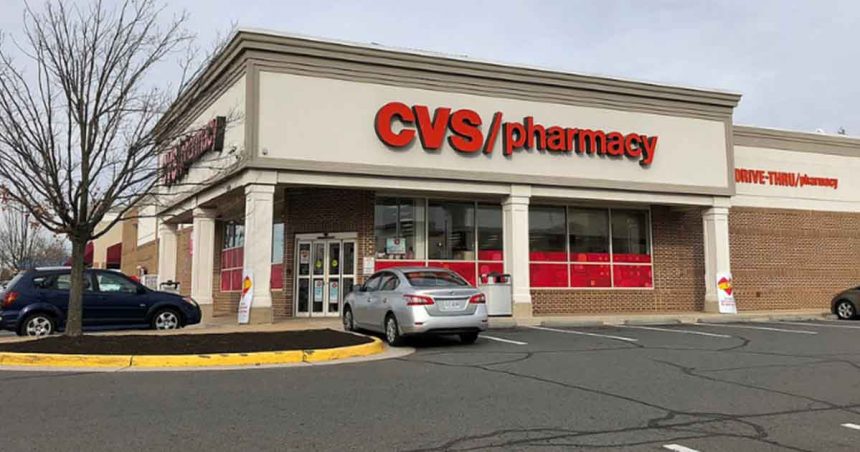In recent years, major pharmacy chains like CVS, Walgreens, and Rite Aid have initiated a wave of store closures across the United States. These closures, impacting thousands of locations, are prompting inquiries into the future of community pharmacies and the driving factors behind these decisions. This article delves into why these companies are shuttering their doors and the implications for consumers, particularly in underserved communities.
The global pandemic has drastically altered consumer shopping habits, with more individuals opting for online purchases and delivery services like Instacart. In response to this shift, CVS has announced plans to close 900 stores by the end of 2024, with around 300 closures annually starting in 2022. This move aligns with CVS’s strategy to prioritize digital services while reducing its physical footprint. Despite the closures, CVS, which previously operated 10,000 retail locations, still maintains a substantial presence in many communities. Additionally, the company aims to modernize its remaining stores into HealthHubs, offering a broader array of health services beyond traditional pharmacy offerings.
Financial challenges stand out as a primary driver of store closures within the pharmacy industry. For instance, Walgreens disclosed that approximately 25% of its U.S. stores are not profitable. The company, with around 8,600 locations, has grappled with issues such as theft, competition, and unsuccessful growth strategies. To address these challenges and enhance profitability, Walgreens intends to shutter a significant number of stores. This trend is not unique to Walgreens, as CVS, Rite Aid, and other major chains are also contending with financial strains exacerbated by diminishing reimbursement rates for prescription drugs.
Pharmacy Benefit Managers (PBMs) play a pivotal role in the pharmacy landscape, functioning as intermediaries in negotiating drug prices among pharmacies, insurers, and manufacturers. While PBMs claim to help lower drug prices, pharmacies argue that PBMs are squeezing their profitability by reducing reimbursement rates. This economic strain has forced many pharmacies to close locations, particularly in areas with lower reimbursement rates, including communities with a higher concentration of public insurance recipients.
The closure of pharmacies has resulted in the emergence of “pharmacy deserts,” areas where residents lack easy access to a nearby pharmacy. Research indicates that closures disproportionately impact low-income and minority communities, exacerbating existing healthcare disparities. As companies like CVS and Walgreens pivot towards offering healthcare services, the landscape of retail pharmacies continues to evolve. While closures may bolster companies’ financial stability, they may also pose challenges for vulnerable populations in accessing essential healthcare services.
The closures of CVS, Walgreens, and Rite Aid stores underscore a broader transformation in the retail pharmacy sector driven by financial pressures, changing consumer behavior, and heightened competition from online retailers like Amazon. As the retail pharmacy model evolves, companies must strike a balance between profitability and accessibility to ensure all communities have access to the healthcare services they require.






